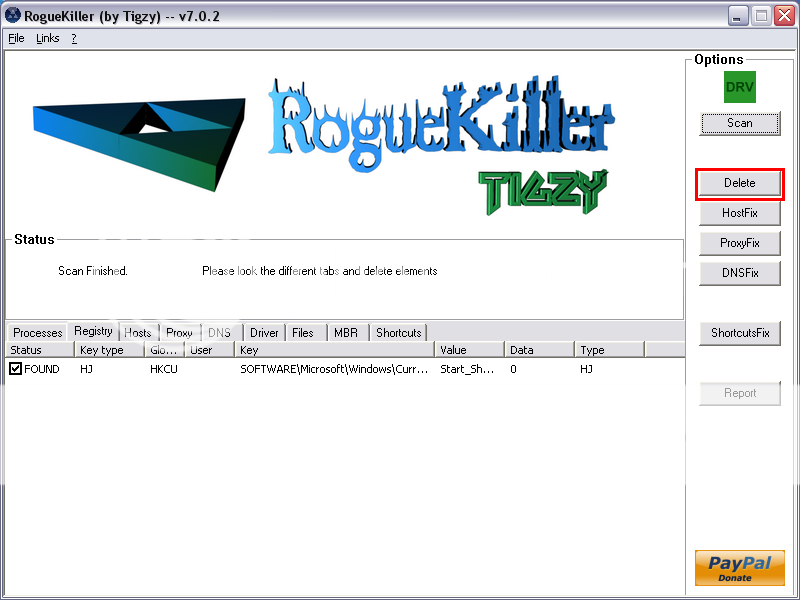

- #SCT DEVICE UPDATER MALWARE INSTALL#
- #SCT DEVICE UPDATER MALWARE CODE#
- #SCT DEVICE UPDATER MALWARE DOWNLOAD#
- #SCT DEVICE UPDATER MALWARE FREE#
#SCT DEVICE UPDATER MALWARE FREE#
The exploit and payload used in this attack are served from a free file hosting site at pomfcat.Ī cursory look at the site revealed that many other malicious files are also hosted on this platform. It also contains too many typos (but that’s a debate for another day).

If you look carefully, you will notice that the file is called Document1, therefore it’s an additional file to the original Product Description.docx one. Part of the malicious VBScript creates a fake document on the fly that is displayed to the user. While commercial RATs can be used for legitimate purposes, malicious actors often abuse them for their own sinister goals. The file is concealed as mozilla.exe and periodically checks with its command and control infrastructure. NET and contains functions such as keylogging, remote desktop, or access to the webcam.
#SCT DEVICE UPDATER MALWARE INSTALL#
This attack was meant to install a commercial Remote Administration Tool known as Orcus Rat, which as seen previously was also hosted on the same server containing the exploit.

#SCT DEVICE UPDATER MALWARE DOWNLOAD#
This is the final part of the exploitation phase, and it involves running PowerShell to download and run a binary. The nasty bit is encoded with ChrW but we can let VBScript do the work and output what it is in human, readable terms.
#SCT DEVICE UPDATER MALWARE CODE#
The above code will parse and execute the content of the oghujp.hta file pictured below. But in this case, we have something different, and we can quickly spot the SOAP-related bug associated with CVE-2017-8759. The remote file saqlyf.doc is downloaded and opened by Product Description.docx into the Temporary Internet Files folder.Īfter we convert the hexadecimal encoding to binary ( oledump), we can spot another interesting URL.Īt this point, we could be looking at CVE-2017-0199 if the server provided a MIME type response of application/hta. If we open the document without network connectivity (to prevent the automatic execution), we can spot where this object is located. The relationship with Id=”rID6″ is loaded by the main document.xml file. Opening reveals an interesting external URL, pointing to another document.

Since OpenXML files are archives, they can be decompressed to reveal their content.XML A quick check using oletools indicates that the file has the OpenXML format and no macros. The initial document was reported by on Twitter. The diagram below summarizes the different steps that this attack takes, from the original document all the way to the malware payload. Instead, the benign document acted as a kind of Trojan horse that made its way to the end user’s desktop, where it would finally show its real intent. While attackers could have sent the exploit-laced document first, that might have triggered detection and quarantine at the email gateway. Victims will be none-the-wiser as the infection process happens in the background, while their Word document finally loads what looks like legitimate content. The several-step removed payload is a commercial Remote Administration Tool that, in this case, is used for nefarious purposes. In this case, the unsuspecting user opening the decoy Word document will trigger an automatic (no click or interaction required) download of a malicious RTF file that deploys an exploit (CVE-2017-8759), which ends up distributing the final malware payload. Most malicious Microsoft Office documents involve either macros, embedded scripts, or exploits and are typically delivered via email. This then loads another document that contains an exploit. In this post, we take a look at a Microsoft Word document which itself is somewhat clean, but is used to launch a multi-stage attack that relies on the hyperlink feature in the OpenXML format.


 0 kommentar(er)
0 kommentar(er)
